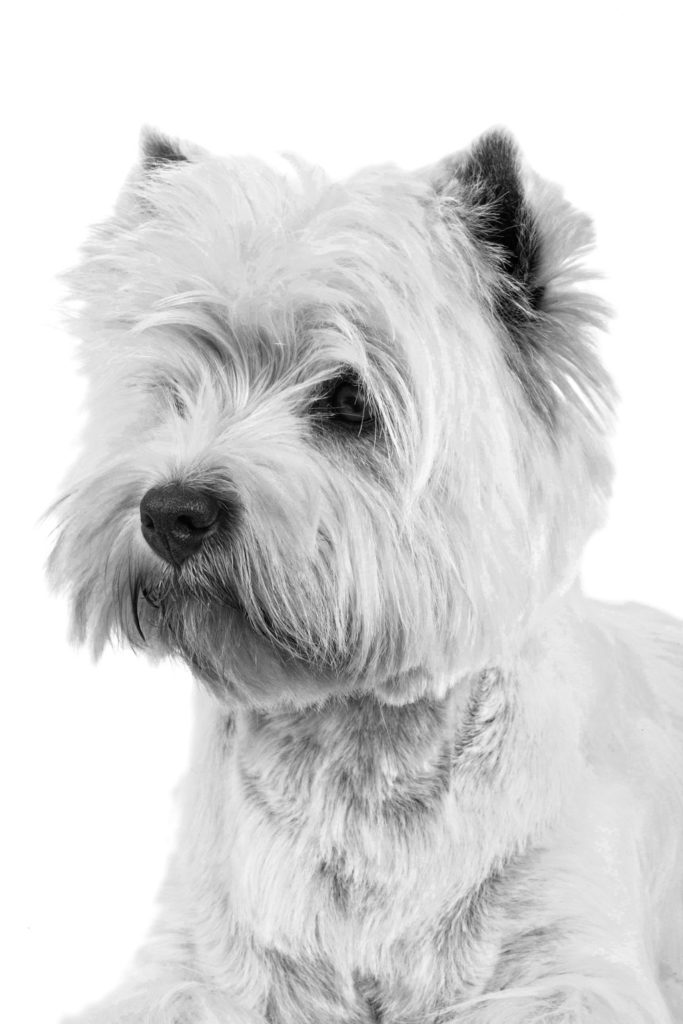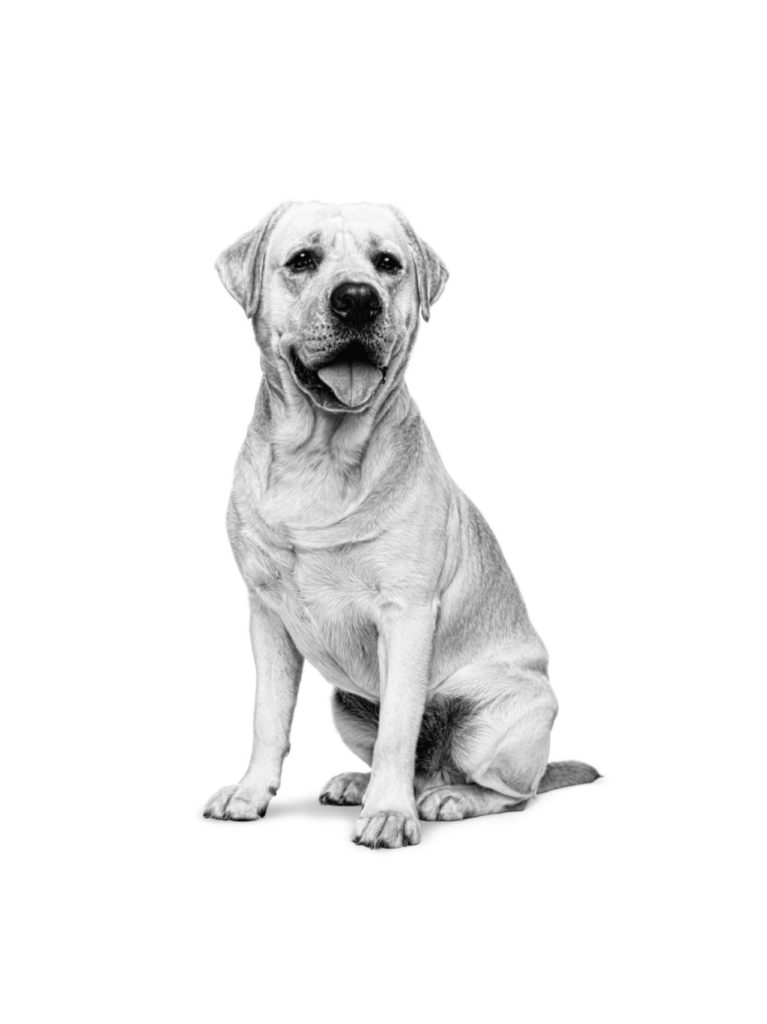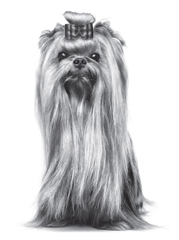Looking after your dog
This includes dedicating time daily to outings and activities. It also includes a couple of regular practices in hygiene and observation which will ensure good health and identify any possible problems.
Outings
Social outings and providing physical activity is one of the first considerations when caring for a dog. As a sociable animal, your dog needs to meet other living beings (of all species!) and explore the world about them. Where living in an apartment or a detached house, a five-minute walk every morning and night doesn’t completely fulfill their needs. A one-hour walk however will enable your dog to practice healthy toileting habits, expend energy and integrate into the neighbourhood about them. Ideally try finding a safe leash-free walk for such activity. On weekends a lengthy outing in open spaces (parks or forests) are an excellent change from their daily environment.
There are of course variations in activity levels between individuals; an aged or sick dog for example will be more content with a short walk twice a day. A sporting dog (such as a Border Collie) will best suit a much higher level of activity.
A well-trained dog should be able to walk on a leash and heel on command. Dog training clubs can assist if you need some help with teaching your dog how to best behave during their outings.
After walking
On returning from a walk, be sure to check your dog thoroughly. Particularly in the summertime, checking the footpads and between the toes will help you identify and remove foreign bodies such as brambles, pieces of wood or (heaven forbid) glass. You should also check your dog’s ears for damage or foreign bodies. If spending time in grassed areas, be sure that seeds etc aren’t lodged anywhere on your dog’s body and if walked in snowy winter settings you might consider rinsing your dog’s legs with lukewarm water to prevent salt and grit from aggravating their foot pads.
Ears
Dog ears quite often attract grass seeds. If your dog becomes agitated, shakes their head excessively or if you can see something stuck down the ear canal it will need removing as soon a spossible. Being a particularly irritating (and sometimes painful) occurrence, this should be dealt with by your local veterinarian. You might think about removing the hair from the inside of particularly floppy ears to prevent seeds from attaching but do this on receiving advice from your veterinarian.
After visiting locations where ticks (or other parasites) are common you should check for their presence on your dog; they are able to transmit serious diseases and should be removed whenever found. Certain treatments can also prevent an infestation from occurring.
In summertime and if the dog likes to bathe, it’s often wise to rinse the coat after a swim. Irritants from both fresh and sea-water should be washed away to keep your dog comfortable and clean.
The Nose
Your dog’s nose should be moist and fresh at any time in the day. It may dry during sleep but will naturally be moistened again when your dog wakes up. The presence of crusts, cracks or discharges may be an early indicator of illness. A veterinarian should examine these signs.
The mouth (buccal cavity) and lips
The shape and conformation of the muzzle is largely breed-dependent. The lips and mouth should remain relatively clean and your should be sure lesions are not present here. Teeth should be relatively white and have little to no hard tartar on their surface. The gums should be pink: a red line on the edge of the teeth indicates a problem (inflammation) which may cause problems including a loss of appetite. Seek veterinary advice in this instance.
Some dogs aren’t 100% cooperative when it comes to handling their mouth, however tooth brushing is recommended several times a week and can assist your dog in fighting off periodontal disease. Use a toothbrush and toothpaste specially designed for dogs. You may also use dental bars which help to slow down tartar formation by mechanically acting on the tooth surface during chewing. To be effective, these bars should be given on a daily basis. Dry Health Nutrition™ foods are designed to assist with oral hygiene, especially in small-sized breed dogs whose jaw and tooth shapes predispose them to dental issues.
The eyes
Eyes should be bright and well hydrated, with pink mucous membranes (in the corner of the eye). No discharge should be present. If your dog requires eye cleaning be sure to follow the advice of your vet or a professional groomer.
The ears
Whether floppy or upright, your dog’s ears should be checked regularly. Particularly where pendulous and floppy and the external opening to the ear is covered by the ear, proper ventilation can become an issue. In these instances regular ear cleaning may be necessary (up to twice weekly depending on the advice of your veterinarian). To do so, you should use a solution formulated specifically for dogs, available at your veterinary surgery. Request a pet healthcare professional demonstrate and teach you how to complete a successful ear cleaning.
The genitals & anus
These should be regularly monitored to ensure cleanliness in both the male and female. The presence of any discharge should be reported to a veterinarian. The anus should also be clean and signs of diarrhoea should be absent.
The claws
Claws grow continuously and normal walking activity of the dog usually ensures a natural abraison to keep their length in check. Should this not be the case, they will need to be cut with nail trimmers. Be sure to aviod trimming too close to the ‘quick’ (the blood vessels toward the base of the claw, where the nervous supply to the claw also starts).
Vaccinations
Dogs benefit from vaccinations which stimulate their immune system to fight against potentially harmful infection. Your veterinarian will draw up an immunisation schedule to suit your dog and the risks they will come across throughout their life. Vaccinations provide protection for a particular length of time only; be sure to continue them throughout your dogs life, once again, according to instruction from your vet.
External & internal parasites
Fleas and ticks reappear regularly, particularly in the warmer months of the year. Many products including sprays, ‘spot-ons’, injections and tablets are available. They work in unique ways, but they all aim to reduce and, if used as directed, eliminate the dog’s flea burden. Different products have activity against ticks and internal parasites as well. Be sure to seek advice from your veterinarian as to which product is best suited to your puppy and adult dog.
As for worming, there are also a number of products available. Worming should be systematically and regularly performed according to a protocol defined by your veterinarian. The product you use should take into account your dog’s age, weight and lifestyle among other criteria.
Bathing
It’s recommended to bathe your dog at a frequency appropriate to its hair texture. Dogs with very short hair and healthy skin may be washed as little as twice a year whereas those with long hair may be regularly washed up to once a month. If weather permits, ideally undertake this outdoors. Otherwise, if you’re washing your dog in a bathtub be sure to provide a non-skid mat for them and use lukewarm water from the tap. You should use shampoo specially formulated for dogs as their skin structure differs from that of humans. Work the shampoo into a healthy lather into the previously brushed untangled hair. Be sure to rinse and dry your dog thoroughly to complete the wash.
Molting
Whatever the dog’s coat type, hair grows, then dies and is renewed. Dogs living outdoors undergo molting twice a year (in spring and autumn, corresponding to the change in climate). Dogs living indoors are less exposed to these changes and therefore lose their hair year-round. Regular brushing and bathing enables assists the removal of dead hair and encourages coat renewal.
Short hair
Back-combing with a rubber brush easily removes dandruff and dead hair. Passing the brush in the direction of hair growth and then improving lustre with the use of a moistened chamois or formulated sprays will complete the grooming excercise.
Rough and wire hair
Where a dense coat is present (with a significant undercoat and ‘guard’ hairs), brushing should occur every two days. A carder should first be passed against the direction of hair growth to free as much hair and dead skin cells as possible. This thins out the undercoat.
A bristle brush passed in the direction of hair growth removes the above and then a large-toothed comb should be used on tail and leg hair.The coat of ‘rough’ or wire-haired dogs such as the Wire-Haired Dachshund or the West Highland White Terrier should be thinned out 4 or 5 times a year with a thinning knife. It enables the removal of deep, dead hairs.
This hair removal is not at all painful when it is done properly (in the direction of hair growth) and should be advised by a groomer should you be unfamiliar with the practice.
Long hair
Long hair requires daily untangling and brushing. With Afghan Hounds, for instance, this may take up to one hour a day. Brushing in the direction of hair growth with a carder brush enables to remove knots and undercoat hair. Proceed gently so as not to damage the skin. With silky-haired dogs (Yorkshire Terrier, Afghan Hound…), you may use a bristle brush to luster their coat.
In dogs with an abundant undercoat (Long Haired Collie…), impurities may be removed with a metal brush. Hair behind the dog’s hocks is finally untangled with a large-toothed comb. A good pair of scissors will enable you to trim out the coat and remove the hair which often forms knots and picks up foreign material.